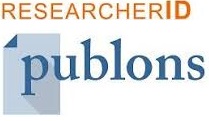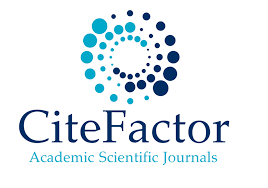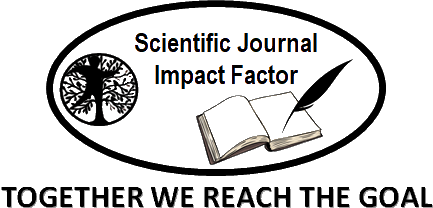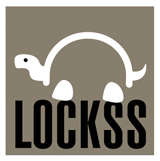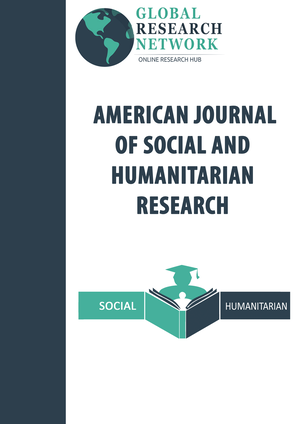Contribution of Leisure Time and Community Motivation to Visit Padang City Coastal Environmental Park
Abstract
Keywords
Full Text:
PDFReferences
Ratar, M., Saerang, D., Maramis, J., Worang, F. & Wenas, R. Waktu Senggang dan Rekreasi Sebagai Motivasi Berkunjung di Kawasan Wisata Boulevard Manado. JE 10, (2022).
Hidayati, I. Urbanisasi dan Dampak Sosial di Kota Besar: Sebuah Tinjauan. J. Ilm. Ilmu Sos. 7, 212 (2021).
Prince, S. A. et al. The effect of leisure time physical activity and sedentary behaviour on the health of workers with different occupational physical activity demands: a systematic review. Int J Behav Nutr Phys Act 18, 100 (2021).
BPS. Badan Pusat Statistik. (2020).
Carmona, M. Sustainable urban place-shaping. Journal of Urban Design 21, 31–35 (2016).
Miao, P. Public Places in Asia Pacific Cities: Current Issues and Strategies. (2001).
Wahyuningsih, H. Studi Status Lingkungan Hidup Perkotaan Berkelanjutan Dengan Metode Analisis Pressure-State and response di Kota Surakarta). Juara 1, 207–222 (2018).
Peters, K., Elands, B. & Buijs, A. Social interactions in urban parks: Stimulating social cohesion? Urban Forestry & Urban Greening 9, 93–100 (2010).
Febriarto, P. Kualitas fungsi Sosial Terhadap Keberadaan Taman Kota Publik di Kota Surakarta. Space 1, 10–15 (2019).
Kaźmierczak, A. The contribution of local parks to neighbourhood social ties. Landscape and Urban Planning 109, 31–44 (2013).
Kaczynski, A. T. & Henderson, K. A. Environmental Correlates of Physical Activity: A Review of Evidence about Parks and Recreation. Leisure Sc. 29, 315–354 (2007).
Heryati, Y. Potensi Pengembangan Objek Wisata Pantai Tapandullu di Kabupaten Mamuju. 1, (2019).
Tsaur, S.-H., Liang, Y.-W. & Weng, S.-C. Recreationist-environment fit and place attachment. Journal of Environmental Psychology 40, 421–429 (2014).
Finlay, J., Esposito, M., Kim, M. H., Gomez-Lopez, I. & Clarke, P. Closure of ‘third places’? Exploring potential consequences for collective health and wellbeing. Health & Place 60, 102225 (2019).
Lane, A. P., Hou, Y., Hooi Wong, C. & Yuen, B. Cross-sectional associations of neighborhood third places with social health among community-dwelling older adults. Social Science & Medicine 258, 113057 (2020).
Ramadhani, N. & Susanto, I. H. Pemanfaatan Waktu Luang Dengan Aktivitas Olah Raga Anggota Dit. Pamobvit BSI Banyuwangi. 10, (2022).
Hanks, L., Zhang, L. & Line, N. Perceived similarity in third places: Understanding the effect of place attachment. International Journal of Hospitality Management 86, 102455 (2020).
Kashef, M. Urban livability across disciplinary and professional boundaries. Frontiers of Architectural Research 5, 239–253 (2016).
Anton, C. E. & Lawrence, C. The relationship between place attachment, the theory of planned behaviour and residents’ response to place change. Journal of Environmental Psychology 47, 145–154 (2016).
Brown, G., Schebella, M. F. & Weber, D. Using participatory GIS to measure physical activity and urban park benefits. Landscape and Urban Planning 121, 34–44 (2014).
Ujang, N. & Zakariya, K. Place Attachment and the Value of Place in the Life of the Users. Procedia - Social and Behavioral Sciences 168, 373–380 (2015).
Hansmann, R., Hug, S.-M. & Seeland, K. Restoration and stress relief through physical activities in forests and parks. Urban Forestry & Urban Greening 6, 213–225 (2007)
DOI: http://dx.doi.org/10.52155/ijpsat.v48.1.6788
Refbacks
- There are currently no refbacks.
Copyright (c) 2024 febriani febriani

This work is licensed under a Creative Commons Attribution 4.0 International License.








